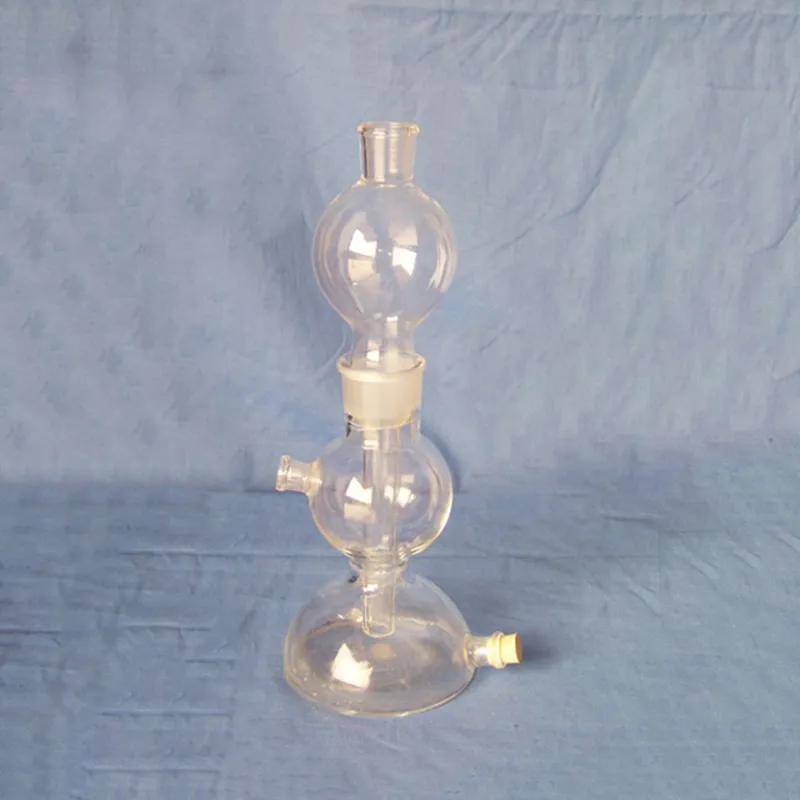
The compound microscopes is engineered to deliver consistent performance at all magnification levels. With precision focusing knobs and a rugged mechanical stage, it offers accurate sample positioning and smooth handling. The illumination system provides even lighting for clear observation of opaque and transparent specimens. Most compound microscopes models have modular configurations, which can be customized for particular fields like biology, metallurgy, or semiconductor inspection.

The compound microscopes is today a vital component of sectors that involve precise observation. In schools, it promotes scientific investigation by allowing students to observe living cells and microscopic organisms. Biomedical professionals apply the compound microscopes in diagnostic testing of tissues and histological analysis. The compound microscopes is also applied in industrial testing, where engineers study welds, coatings, and fractures. The compound microscopes assists environmental scientists in studying microorganisms in soil and water environments, ensuring sustainability and preservation.

The next generation of the compound microscopes will merge optics with digital intelligence. Artificial intelligence and machine learning algorithms will interpret complex images automatically, allowing scientists to identify microscopic structures faster. Improved ergonomic interfaces that are more human-friendly and voice-controlled interfaces will improve the interaction with the microscope for the users. The compound microscopes will also be equipped with environmental sensors to provide stability and precision in the functioning. With the integration of virtual reality, scientists are now able to explore micro-worlds in interactive three-dimensional environments, expanding visual research boundaries.

To continue functioning optimally, the compound microscopes must be treated to regular maintenance with attention to detail. Clean lenses with soft strokes using microfiber cloths or dedicated wipes. Avoid spraying cleaners directly on the optics. Keep the stage and focus assembly residue and corrosion free. Always shut down when cleaning electrical components. When storing, cover the compound microscopes and place it in a dry, temperature-controlled environment. Periodic service inspections will ensure accurate focusing, smooth operation, and long-term durability.
A compound microscopes is able to closely study microorganisms, tissue, and materials and is thus a fundamental instrument in laboratories and classrooms. It operates by bending light or electron rays to enlarge specimens to appear gigantic many times magnification. The compound microscopes has been enhanced with developments in optics to enable brighter, clearer, and digital-imaging-assisted magnification. In academic research work as well as industrial inspection, a compound microscopes enables accurate analysis, recording, and examination of complex microscopic realms.
Q: What is the lifespan of a microscope? A: With proper care and maintenance, a microscope can last for many years, providing consistent optical performance and stability. Q: How does the objective lens affect image quality in a microscope? A: The objective lens determines magnification and resolution; high-quality lenses produce sharper, more accurate images of specimens. Q: Can a microscope be used to view live specimens? A: Yes, many microscope models support live-cell observation, allowing users to study biological processes in real time under controlled conditions. Q: What is the function of the condenser in a microscope? A: The condenser focuses light onto the specimen, enhancing illumination and improving contrast for clear image viewing. Q: How should a microscope be transported safely? A: Carry the microscope with both hands—one under the base and one on the arm—to prevent damage or misalignment of delicate parts.
We’ve been using this mri machine for several months, and the image clarity is excellent. It’s reliable and easy for our team to operate.
The centrifuge operates quietly and efficiently. It’s compact but surprisingly powerful, making it perfect for daily lab use.
To protect the privacy of our buyers, only public service email domains like Gmail, Yahoo, and MSN will be displayed. Additionally, only a limited portion of the inquiry content will be shown.
We’re currently sourcing an ultrasound scanner for hospital use. Please send product specification...
I’d like to inquire about your x-ray machine models. Could you provide the technical datasheet, wa...
E-mail: [email protected]
Tel: +86-731-84176622
+86-731-84136655
Address: Rm.1507,Xinsancheng Plaza. No.58, Renmin Road(E),Changsha,Hunan,China